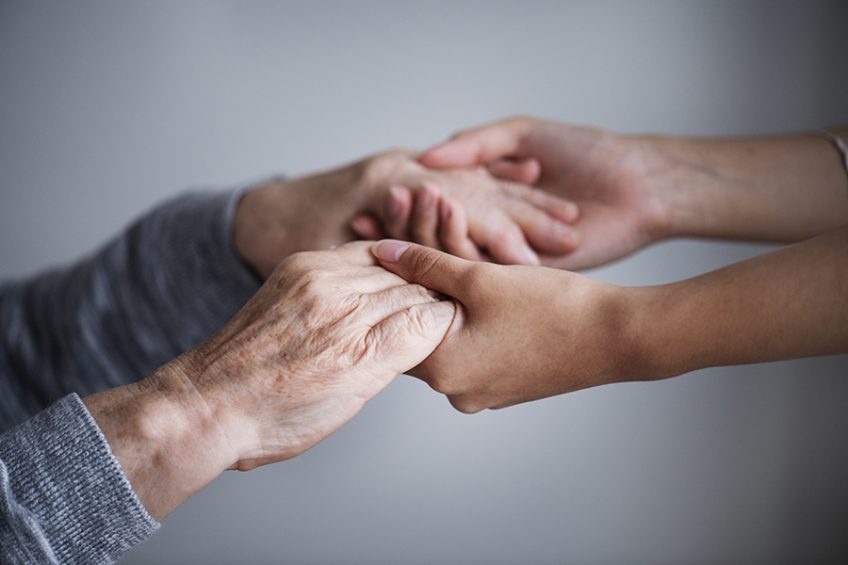Back pain remains the most common musculoskeletal symptom worldwide, especially in old age.
It is estimated that back pain is found in over 70% of the elderly population, 15-30% with at least one episode per year. Any constant pain that interrupts sleep, without relief from medication or accompanied by fever requires presentation to a doctor.
As in other medical situations, back pain should be evaluated differently in the elderly population, especially in the first episode of the disease and taking into account the high rate of malignancy and visceral diseases. In the elderly, systemic diseases or the causes of irradiated pain are excluded first.
CONTENT:
- Back pain, a sign of infectious processes or tumors
- Possible sign of metastatic disease and specific medication
- Trivial back pain, common in old age
- Angina or myocardial infarction, reported by pain in the neck
- What does the specialist recommend?
Back pain, a sign of infectious processes or tumors
Once the systemic causes of back pain are excluded, two groups of conditions remain: purely mechanical back pain, which has or does not have a root component, and inflammatory back pain.
The spine can be involved in various infectious processes: epidural abscesses, septic discs, osteomyelitis, bacteremia or bacterial endocarditis. Primitive vertebral tumors fall into the same category, the back pain being accompanied by constitutional signs, especially weight loss.
Possible sign of metastatic disease and specific medication
Especially in the elderly with a history of malignancy, back pain can be a sign of a metastatic condition, most commonly secondary to breast, lung or prostate cancer. We must not rule out the side effects of some drugs, such as corticosteroid therapy involved in osteoporotic vertebral fractures or anticoagulant therapy, which can cause retroperitoneal hemorrhage and irradiated pain.
Trivial back pain, common in old age
Uncomplicated back pain is very common in the elderly. It is a pain located more often in the lumbosacral area, which occurs on exertion and worsens with stretching, twisting, walking or bending movements, later relieved by rest. This pain interrupts the elderly patient’s sleep, making it impossible for him to turn from one side to the other.
Angina or myocardial infarction, reported by pain in the neck
Depending on its location, irradiated back pain may indicate the location of the primary condition:
- At the cervical level, it can be attributed to angina, myocardial infarction, arterial dissection, esophageal obstruction, thyroiditis;
- Chest pain may be caused by aortic dissection or aneurysm, renal colic, pancreatitis, retroperitoneal tumors, pleurisy or pyelonephritis;
- Abdominal, renal or genitourinary disorders can cause low back pain.
What does the specialist recommend?
Because back pain compromises functional status, threatening the degree of independence of the elderly, it is necessary to see a doctor at the first signs and symptoms of the disease to determine the cause and the best therapeutic option. The most important thing is to identify those patients with a history of chronicity and include them in prevention programs.


